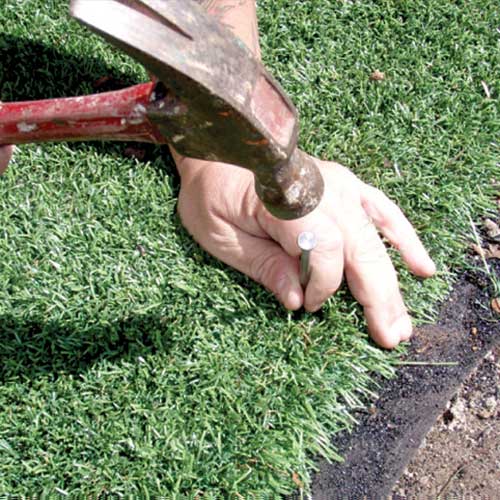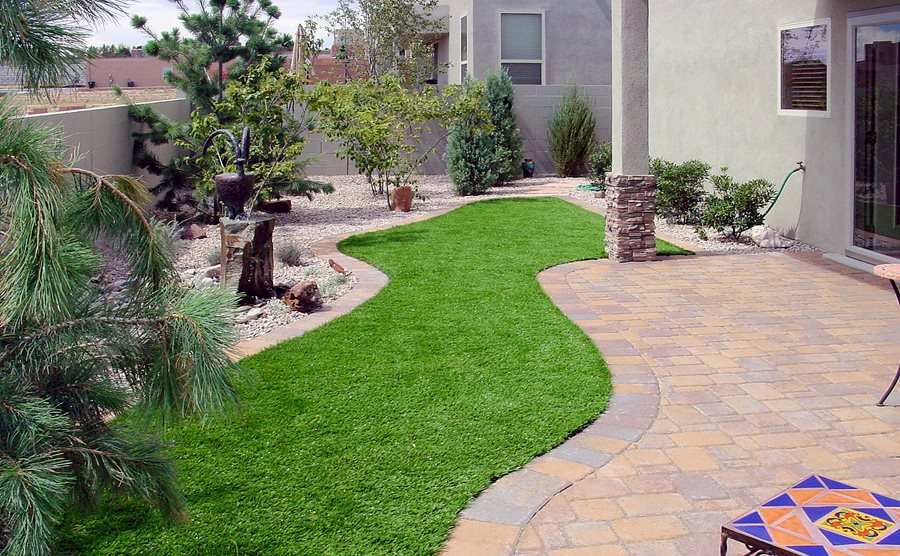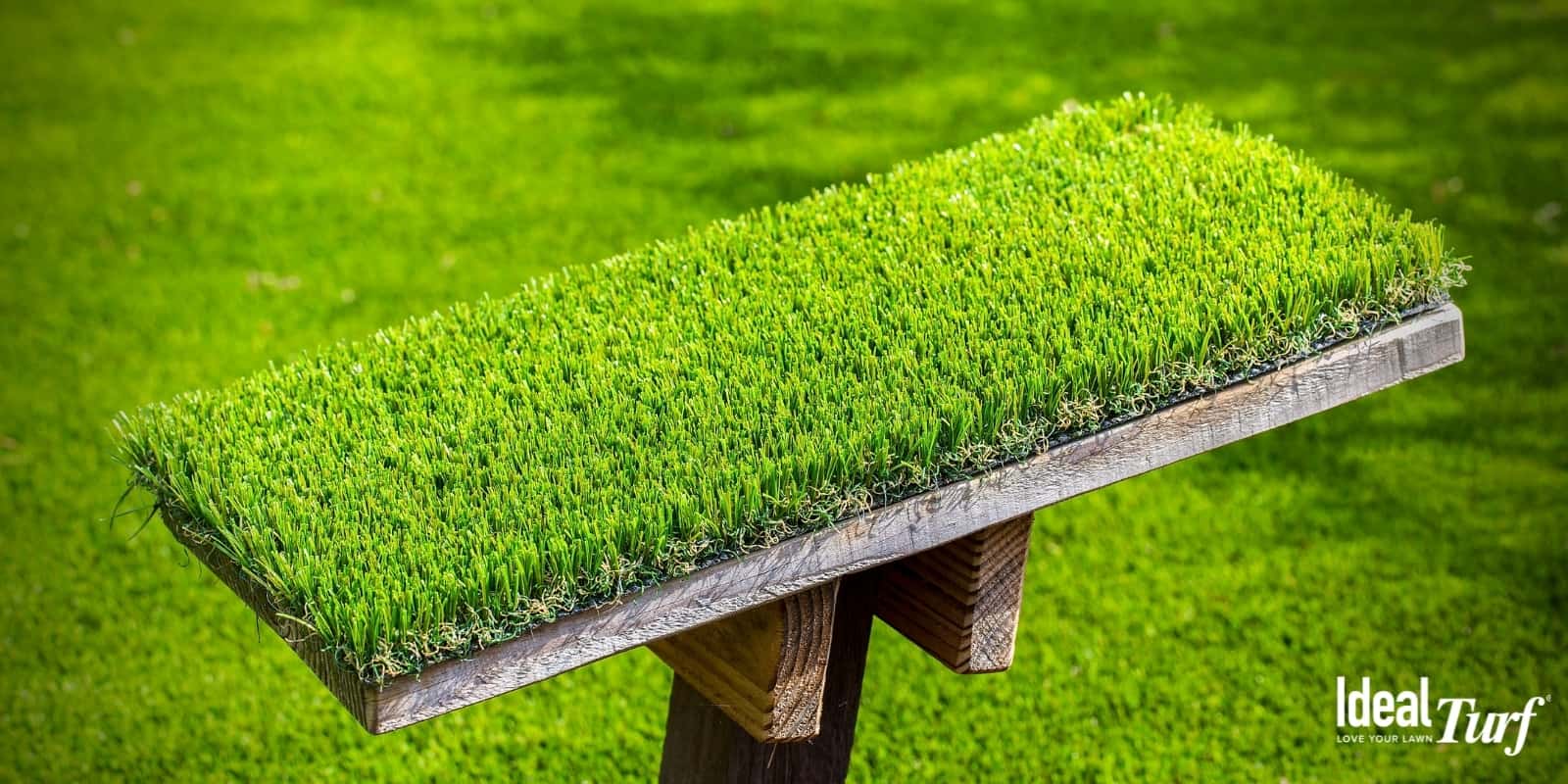Choose Trusted Artificial Turf Companies Phoenix for Long-Lasting and Natural-Looking Grass
Choose Trusted Artificial Turf Companies Phoenix for Long-Lasting and Natural-Looking Grass
Blog Article
Look Into the Environmental Advantages of Opting for Artificial Turf Solutions
The adoption of fabricated turf services presents an engaging opportunity to attend to pushing environmental obstacles. By dramatically minimizing water use and decreasing the application of unsafe chemicals, these choices not just advertise sustainable landscaping however additionally shield regional environments.
Water Conservation Perks
One of the most considerable advantages of man-made turf is its ability to save water. In contrast, fabricated grass does not need watering, significantly reducing the overall demand for water resources.
By removing the need for normal watering, synthetic grass contributes to sustainable landscape techniques and helps mitigate the environmental influence of excessive water consumption. Furthermore, the conservation of water includes the reduction of drainage, which can lead to dirt erosion and river pollution.
In addition, the installation of synthetic grass enables districts and house owners to allot water sources more effectively, concentrating on crucial uses such as alcohol consumption water and farming. The change in the direction of synthetic grass not just promotes responsible water usage yet additionally aligns with wider ecological objectives focused on protecting natural deposits.
As neighborhoods increasingly focus on sustainability, the water conservation benefits of synthetic grass offer an engaging situation for its fostering in household and industrial landscape design jobs.
Decreased Chemical Usage
The transition to synthetic grass significantly reduces the reliance on chemical treatments typically utilized in all-natural grass maintenance. Typical lawn administration generally includes the application of chemicals, fertilizers, and herbicides to promote growth and control parasites. These chemicals can posture risks to human health and wellness, regional wildlife, and the setting, adding to soil and water contamination.
On the other hand, synthetic grass eliminates the requirement for these unsafe substances. As soon as set up, it needs very little upkeep, mostly including normal cleaning and irregular infill replenishment. This decrease in chemical usage not only profits the prompt atmosphere however also adds to more comprehensive environmental security. By lessening the launch of synthetic compounds right into the ecosystem, fabricated lawn promotes healthier dirt and water supply.
Additionally, the lack of chemical runoff associated with man-made grass installments helps secure neighborhood waterways from air pollution, supporting marine life and preserving biodiversity. Turf installation phoenix az. As areas increasingly focus on lasting practices, selecting synthetic lawn provides a viable solution that aligns with ecological preservation goals. Through this change, homeowner can take pleasure in rich green areas without compromising eco-friendly wellness, leading the method for a much more lasting future
Lower Carbon Impact

In addition, the setup of synthetic grass can result in considerable water conservation. Natural grass require significant amounts of water for watering, which not only adds to the carbon footprint related to water extraction and treatment however also strains neighborhood water resources. In contrast, synthetic grass requires very little maintenance, needing no watering, thereby considerably minimizing water usage and its associated power expenses.
Additionally, the durability of man-made grass contributes to its reduced carbon impact. With a lifespan of approximately 15 years or even more, the demand for constant replacements is decreased, causing much less waste and lower power intake in manufacturing and dealing with traditional yard alternatives. On the whole, fabricated lawn provides a sustainable alternative for environmentally conscious landscaping.
Habitat Conservation
Habitat preservation is an important consideration in the debate over landscape design choices, particularly when contrasting synthetic grass to all-natural turf. All-natural lawn yards frequently require extensive maintenance, including the usage of fertilizers, herbicides, and pesticides, which can article source adversely influence regional environments. These chemicals can leach into the soil and waterways, hurting native flora and fauna and disrupting regional habitats.
Man-made lawn removes the need for hazardous chemicals, thereby securing nearby wildlife and maintaining the stability of surrounding communities. The setup of man-made turf can lead to the conversion of previous yard locations into even more biodiverse landscapes, such as pollinator yards or native plant locations, which can sustain neighborhood wildlife.
Ultimately, the change to artificial turf not just preserves water and decreases upkeep efforts however additionally fosters a much more unified connection between human activities and the all-natural environment, promoting environment conservation in the procedure.
Long-Term Sustainability
Long-term sustainability is an important factor in assessing the advantages of synthetic grass over conventional yard lawns. One of the most substantial advantages of synthetic grass is its resilience; it can last as much as 15-20 years with minimal maintenance, whereas natural turf requires frequent reseeding and substitute. This long life reduces the requirement for continuous sources, such as water, plant foods, and chemicals, which are vital for maintaining a healthy and balanced grass yard.
Additionally, synthetic grass contributes to a reduction in carbon discharges connected with grass treatment equipment. Typical grass frequently call for gas-powered mowers, trimmers, and blowers, every one of which add to air contamination. Arizona turf. In comparison, artificial lawn eliminates the need for such tools, advertising a cleaner environment
Moreover, the manufacturing of artificial lawn progressively makes use of recycled products, boosting its sustainability account. As suppliers take on environmentally friendly techniques, the environmental impact of synthetic grass remains to decrease.

Final Thought
The fostering of synthetic turf services read the article offers considerable environmental advantages, including considerable water conservation, reduced dependence on dangerous chemicals, and a reduced carbon footprint. Furthermore, man-made lawn help in protecting natural habitats by lessening land disruption and advertising long-term sustainability through the use of sturdy materials. Jointly, these factors emphasize the possibility of synthetic grass to contribute favorably to ecological wellness and use a feasible choice to typical landscape design methods in an increasingly resource-conscious world.
In contrast, man-made grass does not require watering, considerably minimizing the general demand for water resources. By decreasing the launch of artificial substances into the environment, artificial Bonuses turf promotes healthier dirt and water systems.
Furthermore, the installation of man-made turf can result in substantial water conservation. In contrast, fabricated lawn needs minimal upkeep, calling for no watering, consequently significantly reducing water use and its linked power prices.

Report this page